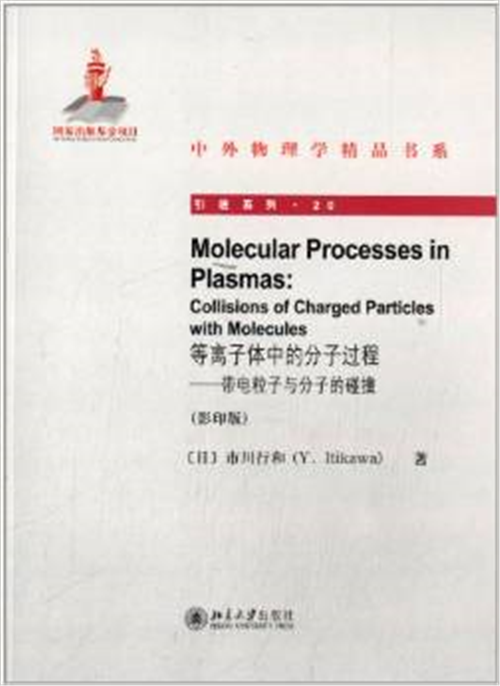等离子体中的分子过程:带电粒子与分子的碰撞 (影印版) [2015-06-15] |
|
索书号 O4/Z698/v.20 1 Introduction |
首 页 >> 上架新书






